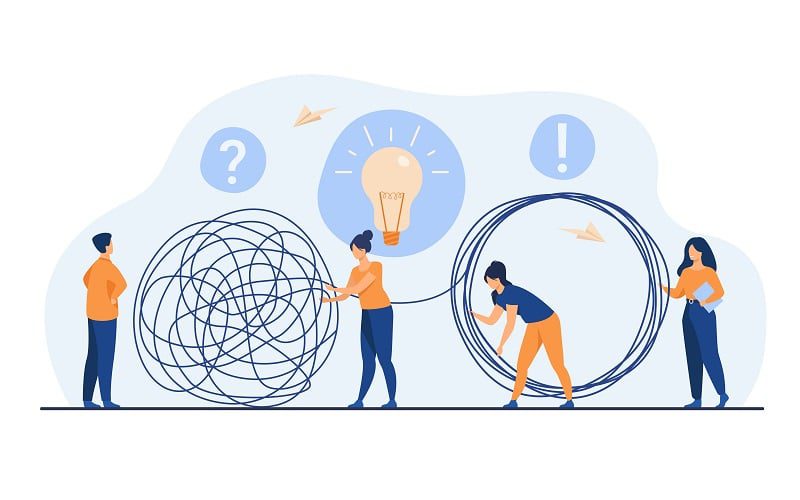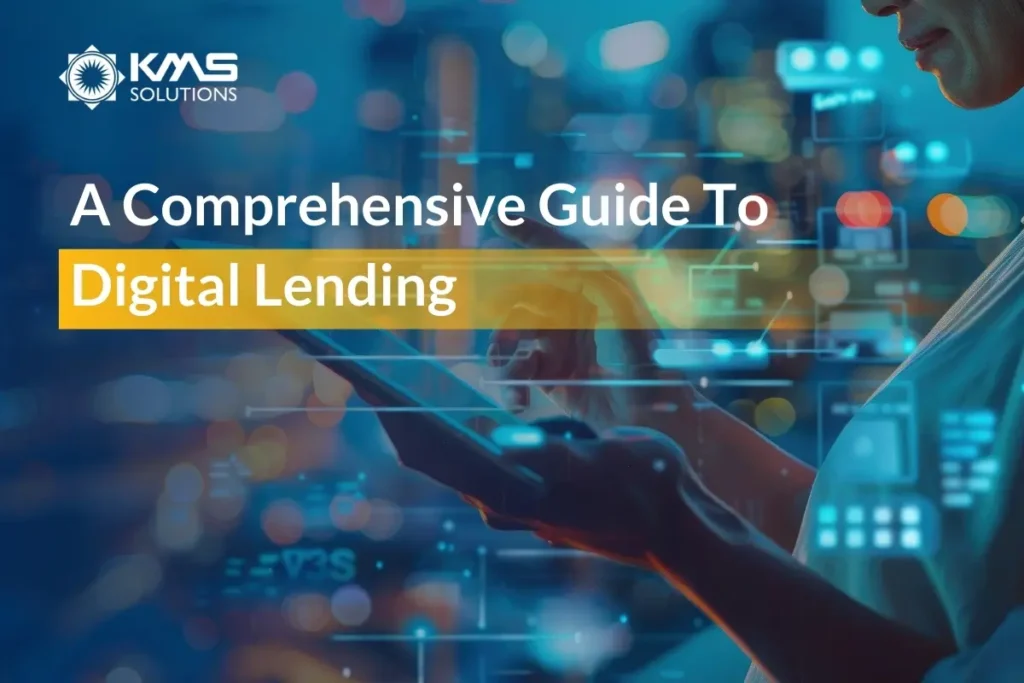If you’re viewing this, chances are you’re researching to prepare for your initial step in the product development process.
You’ve probably heard that a short time to market is crucial for success, hence why you decide to create a lean, user-centric Minimum Viable Product (MVP). Yet, the process of creating an MVP can be relatively challenging, whether you’re an established business founder or a new entrepreneur.
In this article, we will explore the basics of MVP software development and address some common problems that enterprises usually face with the aim of lessening the barrier for all business owners.
What does MVP mean in software development?
An MVP is a version of your product with minimum necessary features to appease early adopters and acquire user feedback for further growth. The MVP concept is sometimes mistaken for a Proof-of-Concept or a Prototype. Yet, each of these three terms refers to a distinct stage in the product development process.
| PoC | Prototype | MVP |
| A small project to show the technical viability of your proposal. It also aids in selecting the appropriate tech stack for the development. Nevertheless, it isn’t publicly released to end-users. | An interactive visual model of your product that involves user flows. It’s tested among your target audience to observe their reactions. It helps determine which UI elements to incorporate and how users will interact with them. | An early product version with a sufficient set of features to attract early adopters. Its purpose is to validate product-market fit and capture customer feedback. From here, you can determine whether there is a market need for your product, if it is competitive and capable of satisfying the consumer’s needs. |
Advantages of MVP Software
A good minimum viable product should possess the following characteristics:
- Fast time to market: As the goal of an MVP is to gauge the demand and product market-fit, its development timeframe tends to be short in order to harvest user feedback as quickly as possible. A rapid MVP launch enables your solution to grow at the same pace as the changing demands and conditions of the target market. With every subsequent iteration of the MVP, you get a deeper understanding of your client’s issues, evolving it into a full-fledged product that addresses your audience’s demands and pain points.
- Contains the primary of the product idea: A MVP must illustrate the basic feature set of your product concept. Your business won’t obtain valuable client feedback if the MVP is too minimal. For instance, if your final product is a banking app, presenting only a user registration for the MVP won’t be beneficial as consumers won’t be able to grasp the product’s viability or usability from the registration alone. In contrast, developing a pared-down banking app will be more helpful as it still has enough elements to convey the product concept.
- Low-cost production: Preferably, an MVP is affordable to produce with minimal effort, which is crucial for start-ups with limited working capital. With that being said, enterprises should be able to swiftly release the MVP and collect useful feedback without spending a considerable amount of time or money developing it.
- Valuable: A solid MVP should provide early adopters with insights into the final product and the value it will deliver. When building the MVP, it would be best to consider the target market and any potential pain points.
- Room for iteration: Your MVP should act as a great starting point for further development, permitting you to initiate with the basic features and iterate upon them to develop a high-quality software
Common types of MVP Software
Before diving into the MVP Software Development process, it’s beneficial to explore the different types of MVP Software. This will help you clarify your concept and understand the two main categories: low-fidelity and high-fidelity MVPs.
MVP Software Development Process in 7 Steps
The MVP software development process involves crucial stages that are necessary for creating a valuable application. Begin with high-level concepts and then follow these specific steps to seamlessly develop a successful MVP Software:
- Step 1. Market Research
- Step 2. Define Your Fintech MVP Goals & Objectives
- Step 3. Map Out User Flow
- Step 4. Determine Key Features For the MVP of Fintech Products
- Step 5. Create a Technical Roadmap
- Step 6. Build and Test the MVP
- Step 7. Launch and Scale the MVP Within the BFSI Industry
Do you want to gain more insights about MVP? Get the info within a click!
How long does it take to create a software MVP?
On average, a minimum viable product takes approximately 3-4 months to complete across industries. According to Progress and AYTM’s survey, developing an Android or iOS takes on average three months, with ten weeks devoted to backend development and eight weeks to fronted development.
Nonetheless, the MVP development time may vary depending on the type of product of your industry.

Additionally, the creation time can also prolong if you haven’t yet scoped tour products. To decrease the time taken to establish an MVP, you need to have detailed blueprints that comprise:
- Competitive benchmarks
- User flows
- Standard Business Process Model and Notation (BPMN) diagram
- Sitemap
- UX/UI
- Go-to-market (GTM) strategy
Starting to develop an MVP without having a clear idea about what features your software needs to validate your assumptions will result in guesswork rather than accurate estimates.
So, unless you have adequately scoped your product, estimating how long it will take to develop your MVP is pointless, especially when you’re a non-tech entrepreneur seeking a tech partner. Requesting quotes before having a clear plan is like comparing apples with oranges. The best way to compare estimates for development is if everyone is estimating for the exact blueprint.
Challenges to creating an MVP Software speedily

While almost every company and product development aims to produce an MVP in the shortest possible time, several difficulties could stand in the way of that goal. The following are some of the most typical obstacles to developing an MVP:
- Falling victim to scope creep
The kitchen sink syndrome, sometimes referred to as scope creep, is a dilemma where a project’s scope uncontrollably augments beyond its original plan. As the project’s requirements are continuously added while the system is developed, no surprise it will lead to egregious budget overruns.
Yet, it’s far too easy for businesses to succumb to scope creep. Once you’ve come up with a disruptive notion, it can be challenging to narrow the scope to the absolute minimum as you want to showcase the product in all its glory to the stakeholders.
In fact, the longer you ponder about dominating the market, the higher chance you are to design new functionality. Unfortunately, using this approach could imperil timely delivery, strain your finances, and ultimately threaten the thriving of your business.
- Struggle to define the minimum value proposition
Let’s consider a different setting: a corporation so concentrated on maintaining its MVP as minimal as possible that it fails to incorporate essential features. Even though this issue occurs less frequently than scope creep, it still persists – oftentimes due to projects failing to appropriately reflect on what constitutes added value for their end users. Instead of giving your client a one-wheeled vehicle that won’t be of any use to them, a scooter would be a better choice. The same applies to software development.
- Unproductive or inexperienced team
Even if they thought of themselves as a true one-man army, it would be impractical for an entrepreneur to build an MVP by themselves. Hence, it’s vital to collaborate with a trusted IT partner who is familiar with swift launching digital products to only offer expertise and a lean approach. Consequently, you can be assured that the team composition they propose will be capable of adapting to your changing needs.
With years of experience working with companies in various industries, IT vendors can assist you in selecting an appropriate tech stack. In the case of an MVP, installation time and expense, potential scalability, and community engagement matter. Undoubtedly, it’s enticing to go for the newest and finest. However, hype-driven development might do more damage to your project than good.
Before wrapping up, here are some additional tips for a successful MVP:
– Identify the features that are necessary and those that can be added later.
– Straightforward, quick-to-implement solutions are advised
– Don’t aim for perfection. It’s a business concept you’re testing, not a general-purpose application
– Acquire early adopters to evaluate and provide feedback for your software
Starting your MVP journey
You must specify the MVP’s scope prior to creating the software MVP. This helps comprehend the Software Development Life Cycle (SDLC) as well as visualize the project and its many phases. Concerning the scope, it’s best to be as specific as possible and resolve any concerns as soon as they emerge.
The more precisely you define the MVP scope, the more delicate your software MVP will be, and the higher the project’s success rate will be. In a way, MVP performs as an airbag, enabling the forecast of the potential of a product’s economic and technological development along with its deployment. You can make commercial and technical decisions based on data instead of speculation.
Discuss your MVP project with our experts now!








